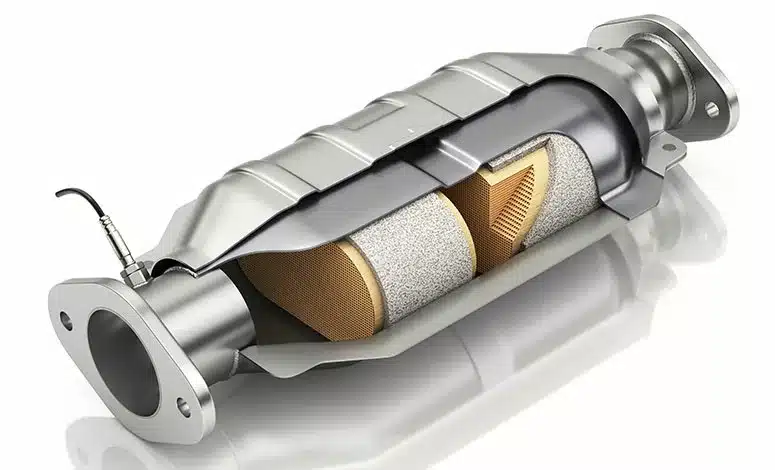Diesel engines are more environmentally friendly and fuel-efficient than their gasoline counterparts. They are utilized in passenger vehicles and light-duty trucks in addition to being crucial in heavy-duty applications. By developing new fuel formulas and advancing after-treatment technologies, engine manufacturers are working to minimize their negative environmental effects. This is where a Diesel Particulate Filter (DPF) comes into play. If you’re wondering what is a DPF and how it works, here is a helpful guide to understanding them!
What is Diesel Particulate Filter (DPF)?
A diesel particulate filter (DPF) is one of your car’s most important after-treatment components. For the purpose of lowering particulate matter (PM) emissions from diesel engines, it collects and retains exhaust ash particles and other pollutants.
How Does DPF Work
Although there are many other kinds of DPFs (including metal fiber, cordierite, and silicon carbide DPFs), cellular ceramic honeycomb filters are the most widely used variety. Ceramic materials offer exceptional thermal stability and resistance, including silicon carbide, cordierite, and aluminum titanate.
As the channels in the ceramic honeycomb DPF are closed at both ends, exhaust gas carrying soot particles is forced through the filter wall. The filter allows for the passage of gas, but harmful soot is still held in its pores.
A DPF, however, has a finite capacity. For the filter to operate properly, the soot that has been caught must be eliminated. DPF regeneration is the name of this procedure. Excess soot in the filter is burnt off during this process.
Causes of DPF Failure
Regeneration of a DPF only occurs under specific circumstances. Vehicle speed, engine temperature, exhaust gas temperature, and vehicle RPM are a few of the variables that might have an effect. The ideal EGT is close to 250°C. Your car must be in outstanding condition in order for the EGT to attain these temperatures.
In simple terms, any mechanical issue might stop the DPF from regenerating and lead to a blockage. Therefore, always get your car checked out by a professional to see if any underlying problems are blocking regeneration before deciding to replace your DPF.
Symptoms of a Blocked DPF
Now that you’re aware of DPF failure, you may be wondering how you spot it. Fortunately, if your DPF is blocked, it may be detected by a number of simple indications. Here are some of the ways to spot DPF failure:
- Warning light on your dashboard
- Reduced engine power and increased fuel consumption
- Engine won’t start: The buildup of exhaust gases might make it difficult for the engine to start. Until the pressure is reduced, it will continue to refuse to start.
- Turbocharger issues: Numerous turbocharger problems, such as gas or oil leaks, are brought on by a blocked DPF.
Get DPF Cleaning Service at 30 Min DPF Clean
If you’re looking for DPF Cleaning Services, you’ve come to the right place! Instead of the time-consuming 12-hour baking process, 30 Minute DPF Clean uses a revolutionary hydraulic DPF cleaning procedure. A DPF may be thoroughly cleaned by us in as little as 30 minutes. We are the top DPF/DOC filter cleaning business, and our diesel experts will get your car or piece of machinery up and running. For more information, contact us today!

